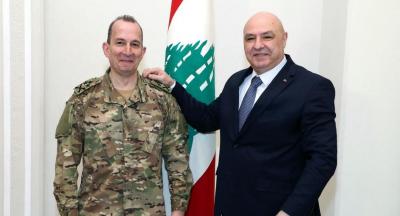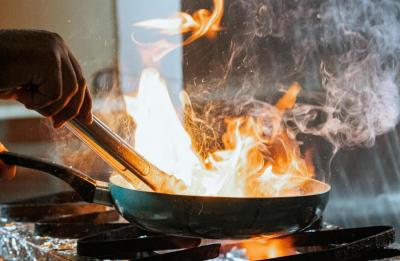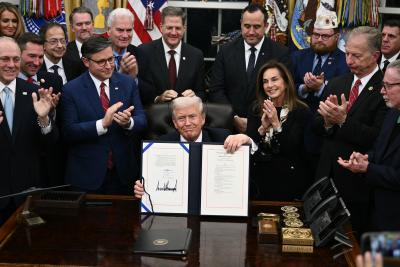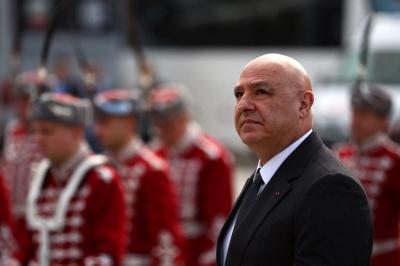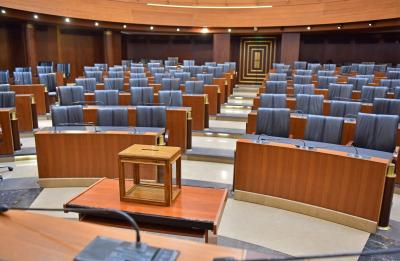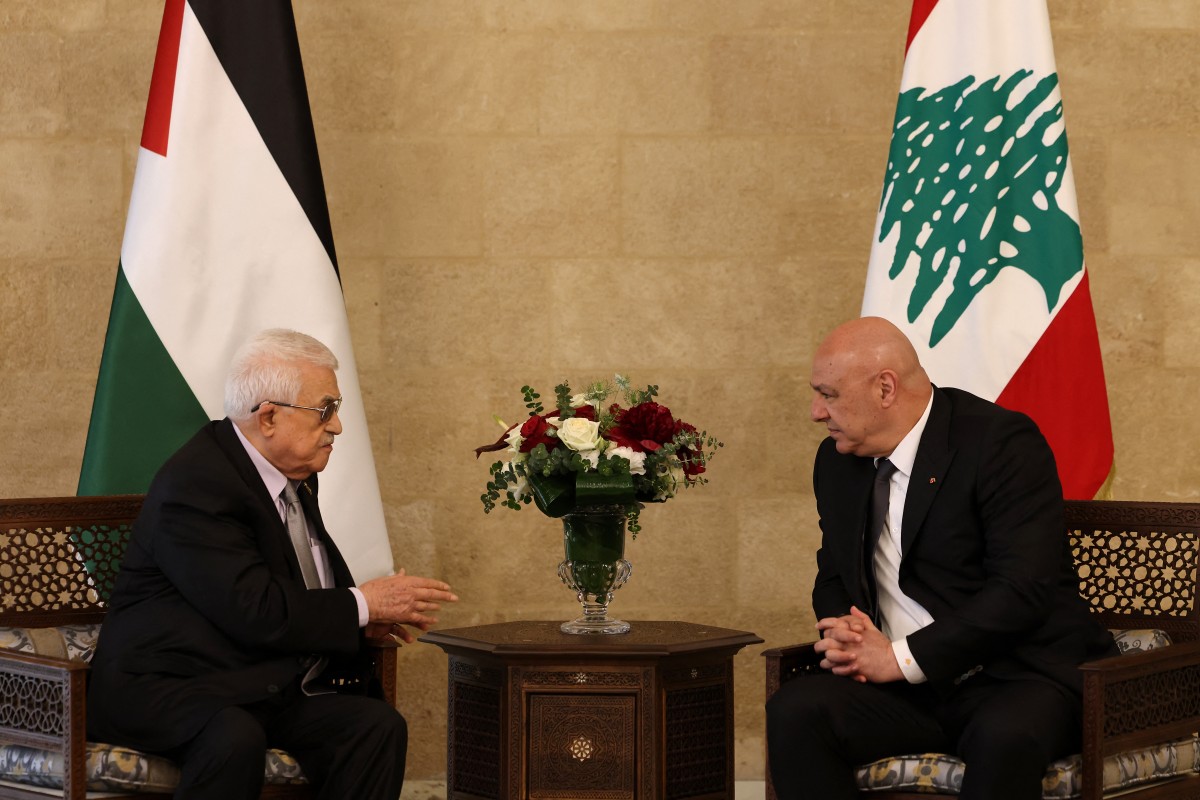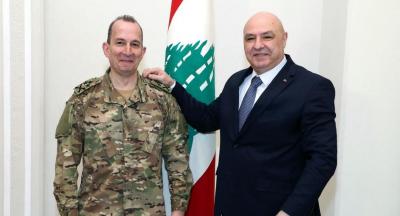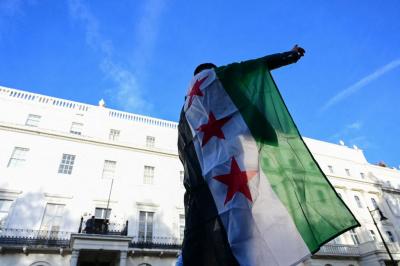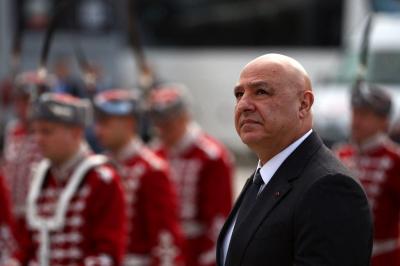Forty-seven years after the theoretical annulment of the Cairo Agreement, born in 1969 and officially repealed by Lebanon’s Parliament on May 21, 1987, it seems its funeral was finally held on May 21, 2025. During a Lebanese-Palestinian summit at the Baabda Presidential Palace, Presidents Joseph Aoun and Palestinian President Mahmoud Abbas issued a joint statement affirming three key principles: exclusive control of arms by the Lebanese state, the elimination of any manifestations of lawlessness, and full respect for Lebanon’s sovereignty, independence, and territorial integrity.
This marked the beginning of a new phase. A joint Lebanese-Palestinian committee was formed to monitor conditions in Palestinian refugee camps across Lebanon. By day five, President Aoun announced that operations would begin in mid-June in three camps in Beirut to address the issue of Palestinian weapons. For the first time, a clear timeline and geographic scope were established, signaling a practical step toward the eventual removal of all Palestinian arms—inside and outside the camps.
Closing the chapter on Palestinian weapons after 60 years of armed Palestinian presence in Lebanon is a turning point on the road to state sovereignty. What began as a liberation mission—“Fatahland” and “The road to Jerusalem passes through Jounieh”—devolved into a widespread phenomenon of “guns for hire.” Over time, the camps transformed from temporary refuges awaiting return to breeding grounds for global terrorism, religious extremism, drug trafficking, and arms dealing.
In reality, this weaponry lost its purpose and justification years ago. “Hezbollah” monopolized the narrative of resistance against Israel, dominating the southern front with an iron grip. This rendered the Palestinian factions' claim of resisting Israel from Lebanese territory obsolete. Many of these factions eventually became tools in Hezbollah’s regional agenda, with armed cells ready “on demand” in the global terror marketplace. The 1993 Oslo Accords, signed by Yasser Arafat and Yitzhak Rabin, further dimmed the appeal of armed struggle in favor of diplomatic engagement.
The structural support for these arms also collapsed. The fall of the Assad regime severed the Syrian corridor that had served as a vital supply line to the camps. “Hezbollah,” which once set red lines—as did the late Sayyed Hassan Nasrallah during the Nahr al-Bared crisis—can no longer offer the same protective cover. Lebanon’s new era of airport security and border control has effectively choked the flow of weapons and militants. As a result, what remains of the Palestinian arsenal—now largely outdated—has turned inward, fueling inter-factional violence and causing more Palestinian casualties than Israeli. Its best-case future? A heap of rusting scrap metal.
President Joseph Aoun now faces a major test. All eyes are on how he handles the Palestinian arms issue, the seriousness with which he pursues disarmament, and the timeline he sets for completing the process. International and regional players—including the United States, Saudi Arabia, and Lebanon’s allies—are closely watching to gauge Lebanon’s ability to deal with illegal weapons. Domestically, the Lebanese public sees this move as a measure of Aoun’s commitment to his oath of office and his resolve to overcome the inevitable obstacles to enforcing the state’s monopoly on arms.
For many, the removal of Palestinian weapons is seen as a rehearsal—dress rehearsal—for the more complex task of disarming “Hezbollah.” Some argue that this step is a necessary precursor: how can one address arms held by Lebanese citizens, namely “Hezbollah”’s trained cadre, before dealing with those held by foreign guests? But it is naïve to think this rehearsal will buy the president much time.
Just as the Palestinian weapons lost their rationale and support base, the same now applies to “Hezbollah”’s arsenal—despite all the rhetorical grandstanding, most recently by its Secretary General, Sheikh Naim Qassem. Like the Palestinian arms, Hezbollah’s weapons can neither prevent resettlement nor liberate Palestine. And just as dialogue with the Palestinians led to a roadmap—with specific timelines and locations—for disarmament, the upcoming dialogue between President Aoun and “Hezbollah” cannot result in anything less than a similar roadmap, regardless of how diplomatic the president’s language may be.
Beyond all euphemisms, Prime Minister Nawaf Salam laid it out plainly: “The era of exporting the Iranian revolution is over, and we will not tolerate any weapons outside the authority of the state.” This is the compass guiding the presidency in the coming phase, and Salam’s firm stance is nothing but an echo of Joseph Aoun’s inauguration speech.
Please post your comments on:
[email protected]
 Politics
Politics
